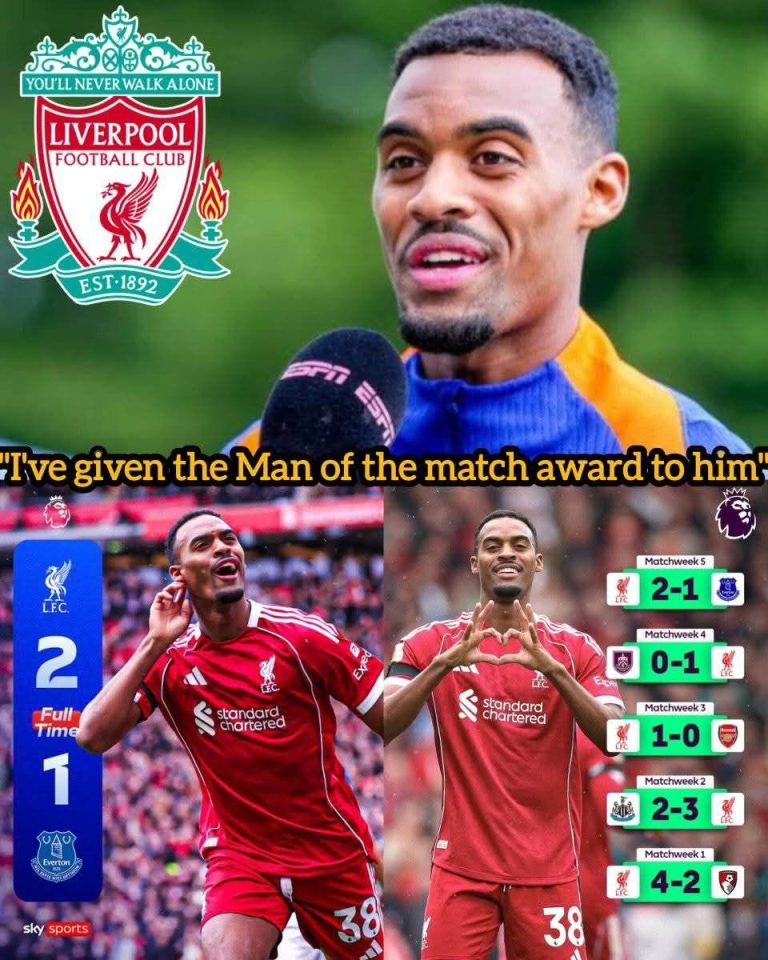Tom Cruise, once Hollywood’s invincible action hero, is now at the center of a shocking transformation that has left fans and critics alike reeling. During a Super Bowl commercial in February 2025, viewers were stunned to see a visibly altered Cruz—his face appeared swollen and stretched, sparking an avalanche of memes and harsh critiques on social media. Just moments earlier, in a trailer for “Mission Impossible: Dead Reckoning Part Two,” he looked like the Tom audiences remembered, lean and sharp. How could he look so different in such a short span?
 Experts are weighing in, with plastic surgeons suggesting excessive fillers may have distorted his once-familiar features. British talk show host Jonathan Ross went viral with a brutal comparison, likening Cruz’s face to Play-Doh, encapsulating the sentiment of many who are grappling with the reality of their idol’s vulnerability.
Experts are weighing in, with plastic surgeons suggesting excessive fillers may have distorted his once-familiar features. British talk show host Jonathan Ross went viral with a brutal comparison, likening Cruz’s face to Play-Doh, encapsulating the sentiment of many who are grappling with the reality of their idol’s vulnerability.
This dramatic shift is more than skin deep; it reflects the toll of a relentless lifestyle that demands the extraordinary from a man now in his 60s. Cruz has spent decades pushing his body to the limits—hanging from planes, performing death-defying stunts, and enduring grueling training regimens. The cost of this obsession with perfection is now painfully evident.
As the world watches in real time, the myth of Tom Cruise is unraveling, exposing the fragility beneath the surface. Once a symbol of invincibility, he now stands at a crossroads, forcing us to confront the harsh truth that even legends can falter. The question looms: what does it mean to witness the decline of an icon?
In a culture obsessed with youth and beauty, Tom Cruise’s transformation is not just a personal crisis; it’s a cultural moment. As he grapples with age and the pressures of fame, the narrative around him shifts from one of admiration to one of empathy. The fight against time is on display, and while the world may critique, they are also reminded of the incredible journey of a man who dared to defy gravity—and now must face the weight of reality.





